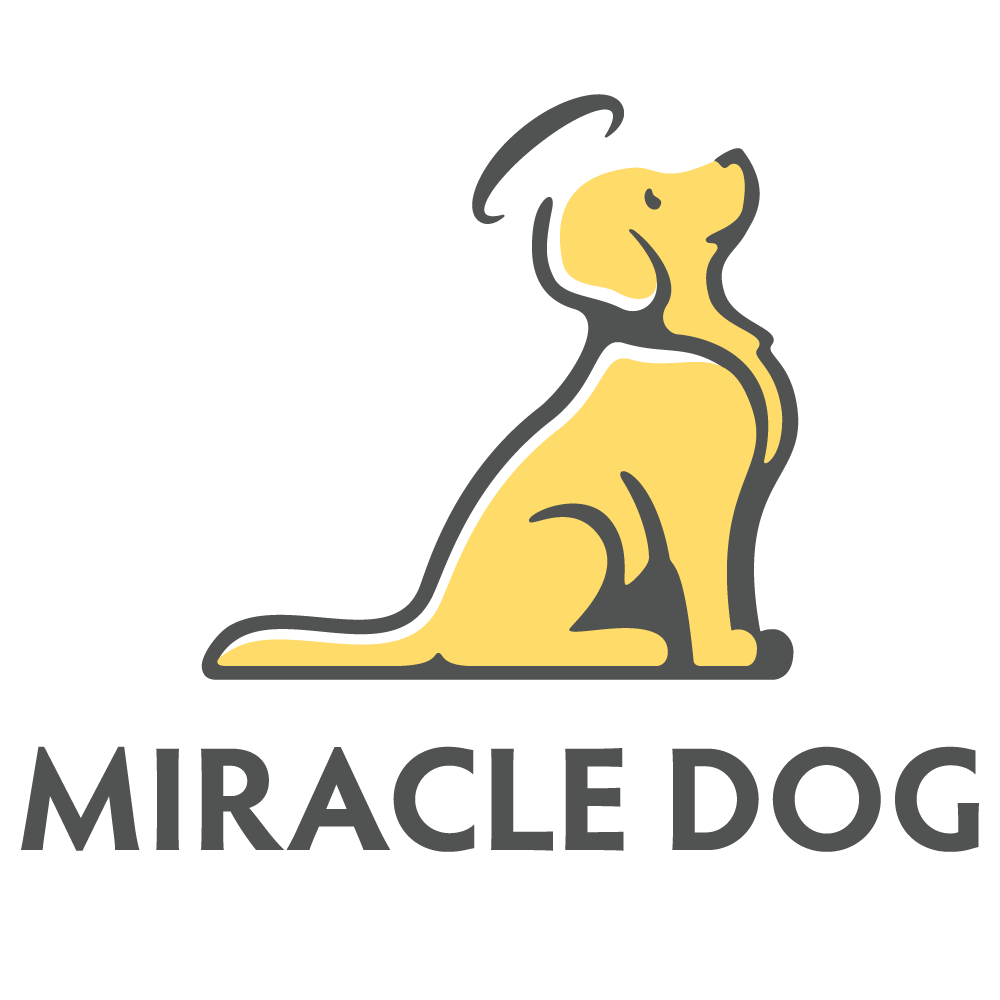Use the Force, Duke
By Kristian Hammermueller
How Misconceptions of Corrective Dog Training are Fueling Anxiety and Undesirable Behaviors In Our Canine Companions
Many feel we are living in a time of unprecedented division. As a society in an age of information we are inundated with disparate views on everything from politics to culture. Technology and social media have enabled the voices of many to reach many. As consumers/beneficiaries of such, we are increasingly challenged to parse good information from bad in an environment of seemingly unlimited choice but limited time.
The field of dog training has both contributed and at the same time fallen victim to this. As a person who is called upon to help dogs overcome various behavioral problems, I am aware of many and varied viewpoints regarding technique and theory as it pertains to helping dogs and their owners work through issues. I am asked repeatedly by clients if I am in agreement or support a given technique or theory they have seen on YouTube or read on the internet. One such theory or practice that has been growing in popularity and has become a usual suspect on my clients’ question list is the idea of “Force Free Training.” Sounds great, right? We don’t like to be forced to do anything so why do it to the dog you love if the same or similar results can be achieved by appealing to his or her good nature and affinity for food or toys. The simple and honest answer is this: the same or similar results CANNOT be achieved through a reward-based system of training alone where the only consequence of noncompliance is not getting a treat or desirable toy. Additionally, adherence to a reward only based system in the absence of meaningful consequence is a consistent recipe for stress, confusion, and behavioral problems in dogs.
Consider the following situation: Dog owner has “Obedience” trained dog using reward only method (when asked to “sit” dog receives high value food item for placing rear end on floor. If dog elects not to do so he or she does not receive said item and is asked again). Ergo if operating under the assumption the dog wants treats he or she will gladly sit for them. It’s a fun and easy exercise we can do together in our living rooms with great success. Makes sense and works but with a caveat. Remember those high school or college physics labs with the experiments that only work in a vacuum? The above exercise was the dog training version.
Now take this above mentioned dog, we will name him “Duke” and place him with his owner at home in the same living room watching Netflix. The doorbell rings announcing the arrival of a Pizza being delivered. Make no mistake Duke heard the doorbell as well as can be indicated by his incredibly loud barking alerting to the presence of a stranger at the door…It’s all very exciting. Duke’s owner is ready to spring into action and put that force free training to the test… “Duke Sit. Sit..Sit…Sit…Sit.Sit.Sit.Sit…sit’s not working. Let’s try STAY. Hmmm same result. How could this have happened? Very simply, Duke chose Pizza guy over sitting or staying for food treats. I told you it was very exciting. But wait, I haven’t even gotten to what happens when Duke has more of an appetite for the delivery person over the pizza being delivered. Try to food treat your way out of that one. There might be dogs that will respond to treats during such an episode but let me assure you they are statistical outliers.
Unfortunately for Duke in the above scenario, by allowing him to ignore the commands, the owner directly taught him that when distractions are present and he doesn’t want to do what is asked, he doesn’t have to. To a dog this type of interaction can very well lead to confusion over leadership and create a cycle of more frequent and intense testing of a hierarchical nature. Dogs, like children, gain much of their sense of security and confidence from consistent parenting in the form of good leadership. Increased stress and anxiety too often accompany their absence.
A properly trained dog can choose to stay in the presence of distraction with the incorporation of a fair and constructive consequence for noncompliance. It is vital, however, not to conflate consequence with improper punishment or abuse. I love and adore the dogs I work with and would never tolerate or support either. Therefore this is by no means a green light for improper corrective training. As consumers, I encourage my clients to become intimately familiar with the distinction.
For many dogs, food rewards are a fun and constructive way to teach a dog how to come, sit, lie down, and stay…I do it myself frequently. It is just important to understand that if this is either your endgame or the limits of a dog trainer’s expertise please temper your expectations for practical application. That is unless you can somehow order delivery in a vacuum.
For the sake of both of you, use the force.
